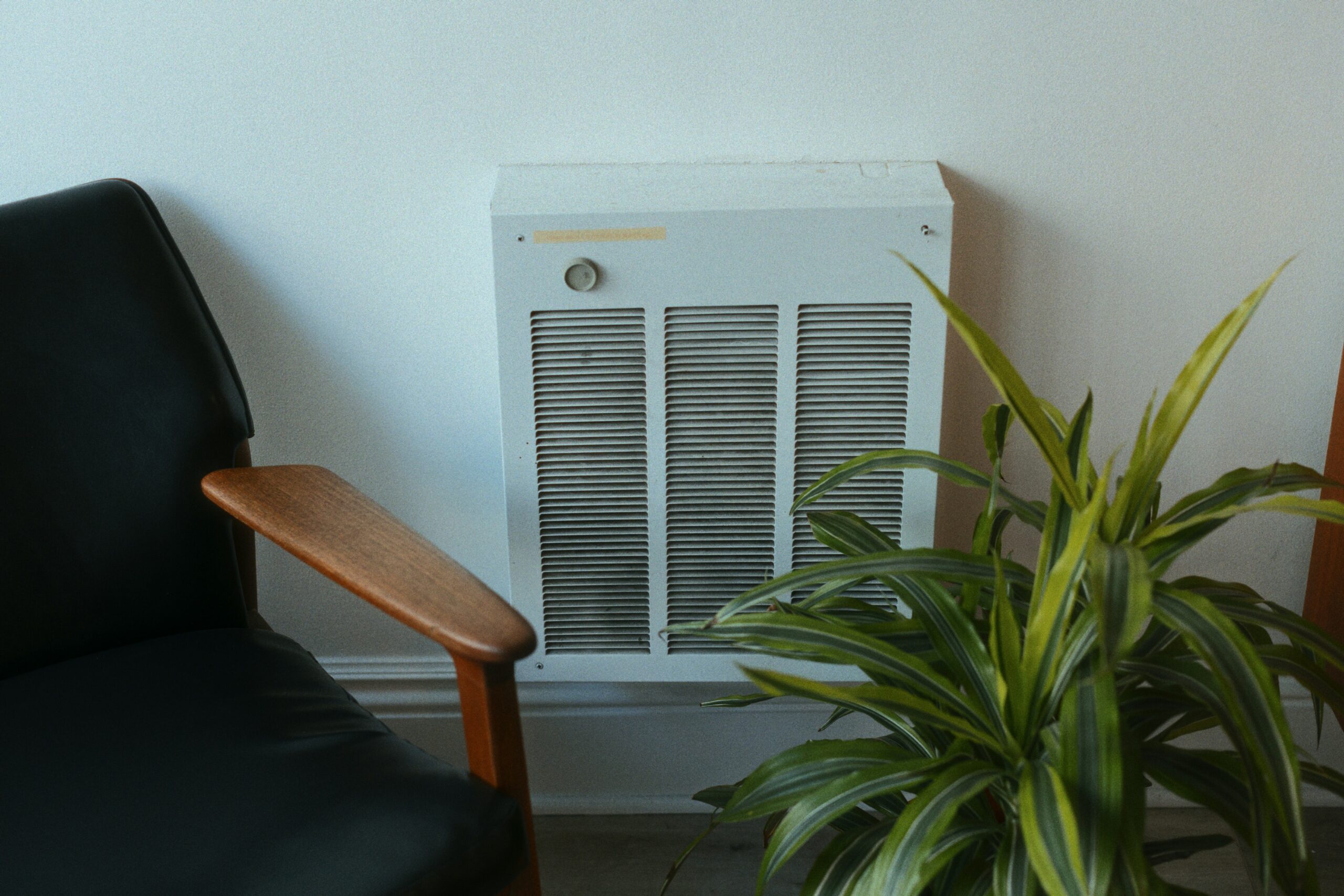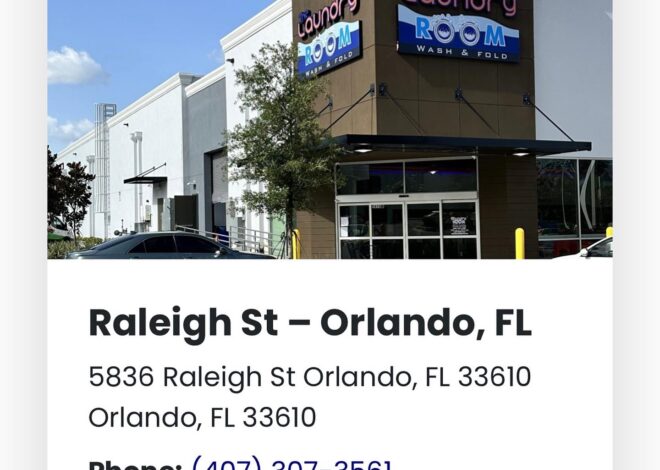
Cleaner Heating for a Changing Climate
The way we heat our homes is evolving, and many homeowners are beginning to explore newer, more sustainable options. Traditional systems, while familiar, are often less efficient and more harmful to the environment. As concerns about climate change grow, attention is turning toward energy-efficient alternatives. This shift has opened the door to cleaner, quieter, and more sustainable heating methods. People are now weighing their choices based on cost, environmental impact, and long-term savings. New incentives and technologies are emerging, and it’s important to understand their role in future-proofing your home. Keep reading for a closer look at what’s influencing this move and how it might affect your heating decisions.
The Rise of Low-Carbon Heating Systems
More homeowners are turning to options that reduce carbon emissions without compromising comfort. Low-carbon heating systems are becoming mainstream with the growing interest in environmental responsibility. These alternatives often offer greater energy efficiency compared to traditional boilers or furnaces. They’re especially beneficial in well-insulated properties, where heat retention is optimal. As technology continues to improve, the gap in performance between old and new systems is shrinking quickly.
Energy Efficiency Meets Modern Living
Modern heating solutions are designed with convenience and long-term value in mind. Not only do they deliver warmth during colder months, but they also help reduce monthly utility bills. Smart thermostats and zoning features allow users to control temperatures precisely, avoiding wasted energy. These systems also tend to require less maintenance, saving money and time over the years. With more people working from home, energy use is a growing concern, making efficient systems more attractive than ever.
Emissions and Environmental Impact
Heating is one of the biggest contributors to household emissions. Cleaner alternatives offer a way to reduce this footprint without sacrificing warmth or comfort. Lower emissions also contribute to better air quality, both indoors and out. In the broader picture, making changes at the household level supports national climate goals. The combined effect becomes significant when thousands of homes upgrade to greener options. Transitioning now is a forward-thinking step that aligns with larger environmental goals.
Financial Incentives and Support
Many homeowners worry about the cost of switching to newer systems, but support is increasingly available. Grants, rebates, and zero-interest loans are making adoption more accessible. These financial incentives encourage early adoption and help overcome the initial investment. Local councils and national programs often guide those considering a switch. While the upfront costs may seem high, the long-term savings typically offset the investment over time.
Navigating the Future of Home Heating
With climate targets becoming more ambitious, changes in how homes are heated will continue to accelerate. Homeowners are encouraged to plan and consider the options best suited to their property and lifestyle. Upgrading early improves efficiency and avoids the last-minute rush as regulations shift. Making informed decisions can result in better performance, lower bills, and increased home value. It’s about staying ahead of the curve and creating a more resilient, future-ready home.
In light of recent developments, it’s clear that heat pumps are being pushed by the UK government as part of a broader plan to reduce emissions and modernize heating across the country.
As the landscape of home heating changes, those who explore new systems early often reap the greatest financial and environmental benefits.


